A few personal projects, technical tests, you are in the laboratory R&D. ..A pool of ideas thrown in bulk. This is where concepts are born and new projects. This is where I explore new techniques, I experiment, I develop new components, I'm looking for solutions to problems often encountered...
Any suggestions ?
October 2021
Category : Lab
My son is a huge fan of Carrier Command 2. Having been a fan of the original Carrier command myself, more than 30 years ago from now on Atari ST, I decided to model one of the tanks in the game (the "bear") in order to print it.
The size of the model is quite small (about 10 cm) and the large number of details predestines it rather to resin printing (SLA). However, with a scale of 300% or more, it should be possible to do this on a filament printer (FDM).
A next post will be devoted to the printed version soon.
In the meantime, you can download the model for free at Thingiverse.
3d modeling, carrier command, resin printing
As part of an unfortunately aborted project, I worked on an interactive event for professionals from the pharmaceutical / medical sector in Qatar. Sanitary conditions meant that the show experience could be replicated online for guests who were invited and who could not attend.
I worked on the 3d development part. The show has been virtually modeled to allow the user to move around and access the various features and sections of the site (chat, live video conferences, various resources, etc.). We used Furioos technology for 3d. This technology allows real-time 3d streaming. Concretely, the 3d is calculated on the Furioos servers and displayed to the users. The undeniable advantage is that it is possible to obtain a "PC" type rendering quality on mobile. The result was quite interesting.The project was therefore developed with Unity 3d 2019.x URP + Furioos.
Unfortunately, for reasons of timing, the 3d version of the project was aborted.
Furioos, 3d streaming with Unity 3d, Unity 3d developer
February 2020
Category : Lab
Refraction simulation and more generally transparency on smartphone is a rather expensive luxury. However, thanks to Shader Graph, it is possible to quickly prototype a shader which allows this at a lower cost. This is what I tried to produce on this test.
A parametric triplanar noise is used for the deformation of the vertices, but also the normal map, as well as the deformation of the background video texture. This texture is then applied to the object on its emission channel and its albedo with a bit of Fresnel. The result is far from being a true refraction of course, but for the smartphone, and given the few resources that this requires, it works pretty good.
I am using this shader in a production being finalized in augmented reality which will not fail to appear very soon here.
Unity 3d 2019 (C#) + URP + Shader Graph 0.7
Unity 3d developer, shader graph, refraction shader
February 2020
Category : Lab
Still in the context of my investigations on raytracing in Unity using the latest package (still in preview) of real-time raytracing based on the most recent Nvidia GPUs, here is a small and very short test video. The lack of time, but especially the lack of stability of the functionality, and the incessant crashes did not allow me to push much further the tests.
I had planned a lot more, but, at the time of writing this post (February 2020), raytracing under Unity is still in pre-release. It is therefore absolutely not possible (and I confirm) to use it serenely in production for the moment unfortunately.
Nevertheless, the results, although succinct and limited, are still encouraging. Hopefully Unity will (finally) produce an efficient real-time GI system ... and one that works ... maybe with this techno ?
I'll test this further when the raytracing will be much more stable.
Configuration used :
Nvidia GTX 1080m
Unity 2019.3.0f6
HDR 7.1.8
Unity 3d developer, Unity realtime raytracing
February 2020
Category : Lab
Unity recently added real-time raytracing to its latest version (2019.3.x). This is mainly due to the significant advances of Nvidia. Until now, this functionality was only available on the latest RTX graphics processors from Nvidia. However, recently, this functionality has been extended to older GPUs (but with slightly lower performance of course).
The result is still far from perfect, but rather encouraging. If we consider that raytracing under Unity is still in the development phase (beta), we can expect many more developments.
On this demo, the reflections are clearly exaggerated, but it seems that by decreasing them, they disappear. Perhaps it is due to the still groping Unity library, or the limited fallback on my GTX 1080. Anyway, the indirect reflections in real time, the refraction, as well as the reflections are rather impressive.
A few years ago, I had tested a library unfortunately abandoned by its developer (Rove 3d), hoping to be able to render high quality renderings at runtime. Perhaps Unity's real-time raytracing is a first step in this direction ...
More tests will follow on this exciting feature.
Unity 3d developer, realtime raytracing
February 2020
Category : Lab
Still in the context of my Visual Graph tests from Unity 3d, I tried the point cache system. It still lacks functionality and a few bugs remain, but the whole thing works pretty well. The possibilities are numerous, and many explorations still necessary...
The underwater effect is mainly given by the movement of particles and especially by post Fx (fog, color correction, distortion, chromatic aberration, vigneting ...).
Unity 3d developer, VFX Graph, Visual Graph
January 2020
Category : Lab
A small test video of the new features offered by Unity 3d: Shader Graph and Visual Graph. Shader Graph makes possible to produce shaders fairly easily and quickly using a nodal system, and Visual Graph makes possible to create complex particle systems via GPU.
The big advantage of these tools is that they allow one to use the power of the graphics card (unlike the classic Unity particle system: Shuriken). Consequently, the available power is increased tenfold. Aesthetically, we can now consider some rather wonderful things.
I will perform a next test in VR, and also on a smartphone with the URP (Universal Render Pipeline) engine to see the result is also convincing.
Unity 3d developer, Shader graph, VFX Graph, Visual Graph
Working on virtual models is fine, but make them real, is much better.
After scanning in 3d a character with a low end 3d scanner, a bit of manual retouch with Zbrush, I've tried to print it in 3d with a 3d printer (Creality CR10-S). The print height is 15 cm and it has been printed in PLA in 0.15mm. A layer of varnish has been applied to erase a little the stratas effect produced by the printer as thin as it is. The print lasted about 24h, and the result is rather faithful to the original model. Only the 3d scanner is pretty approximate by its quality.Nevertheless, it allowed me to roughly catch the basic forms of the model.
An interesting experience in short.

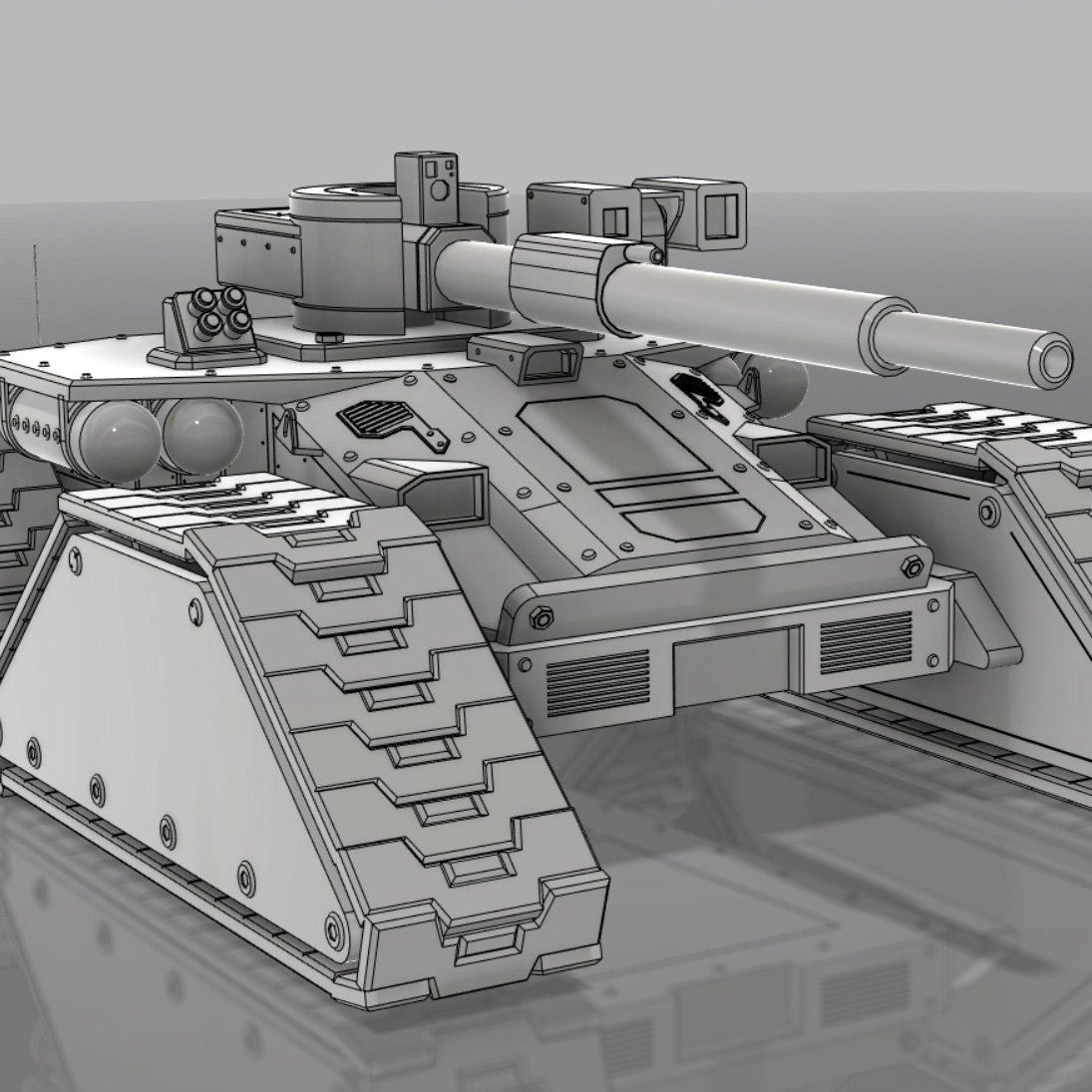
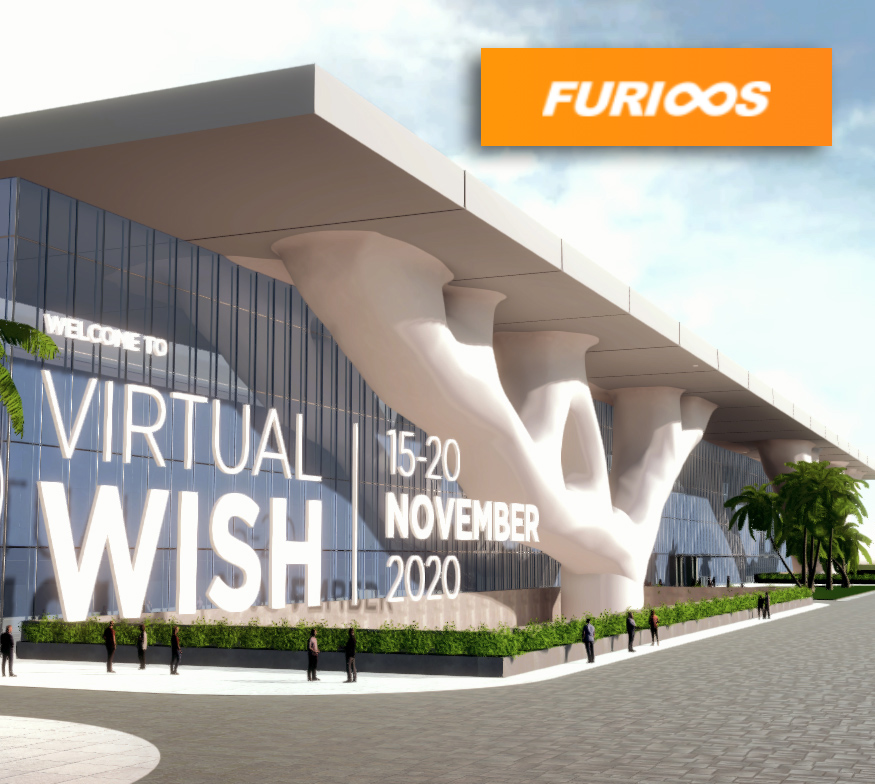
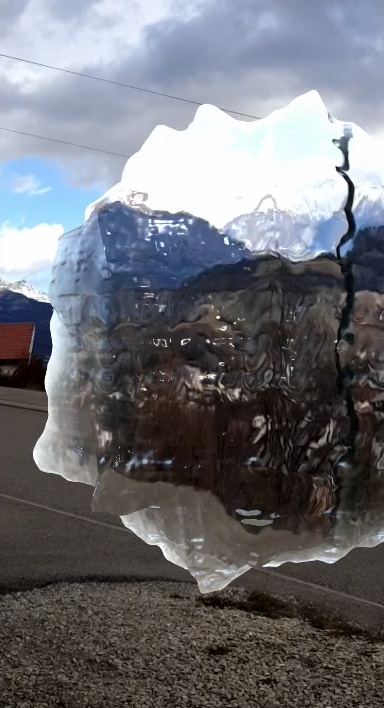
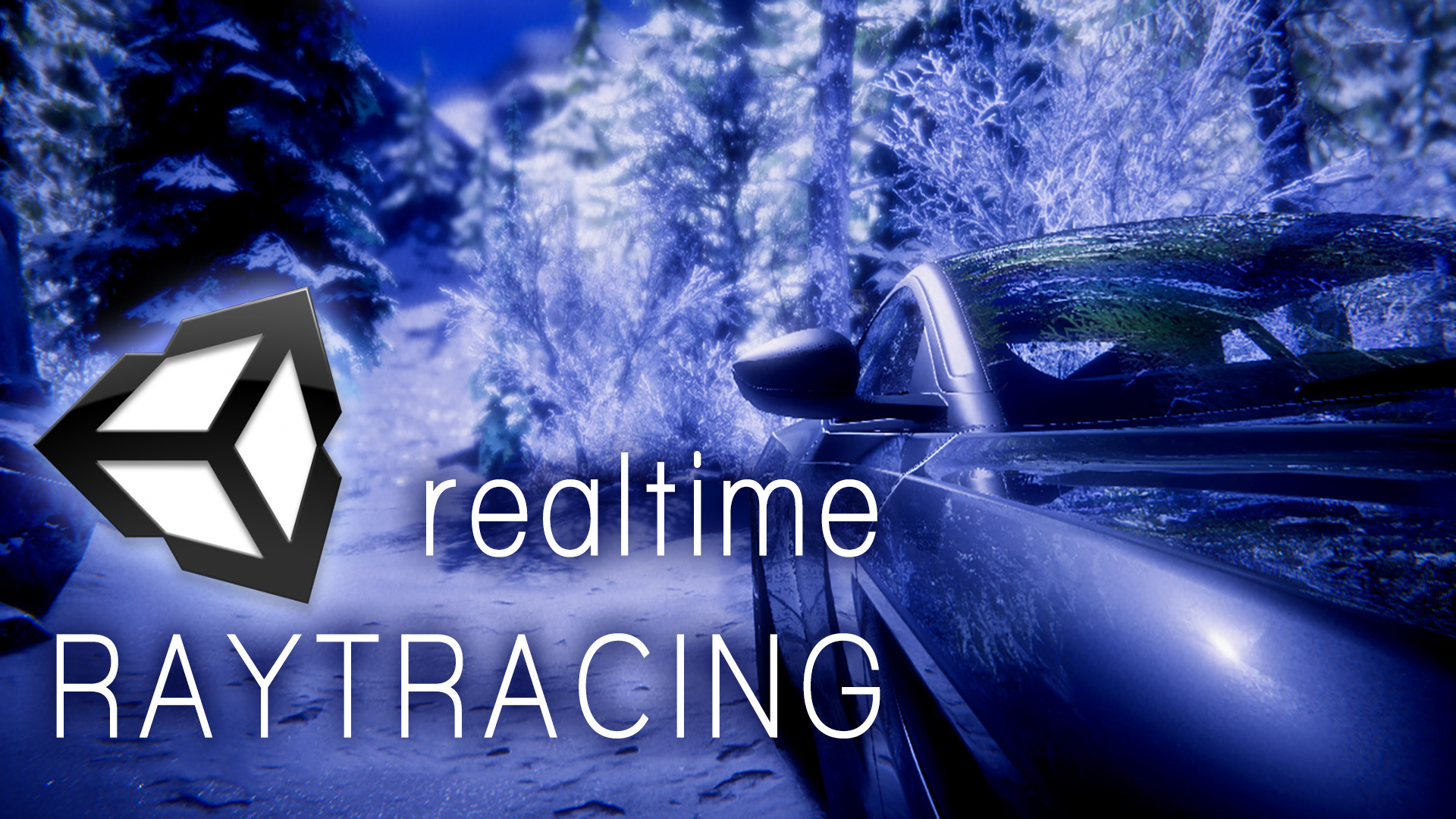
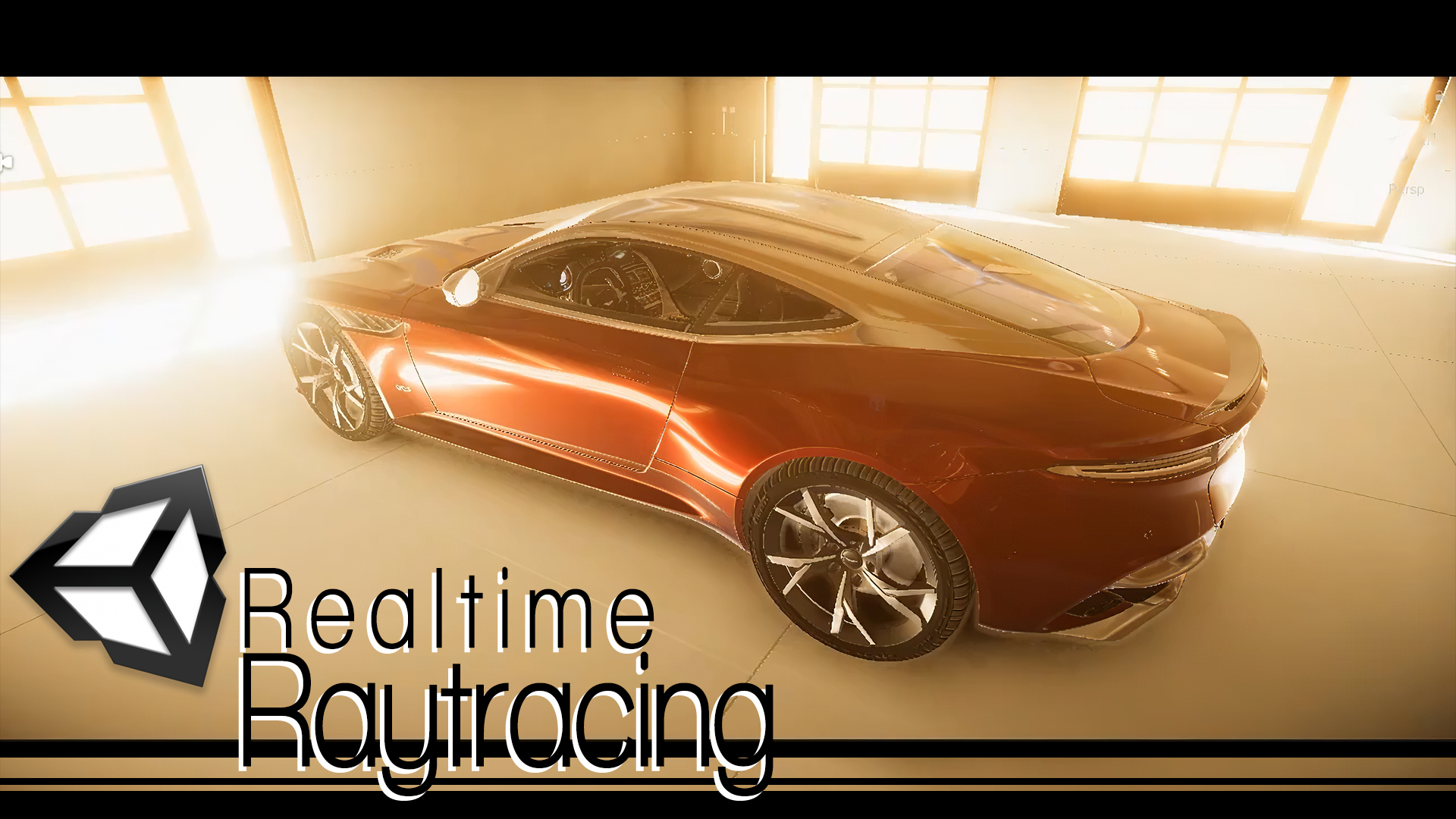
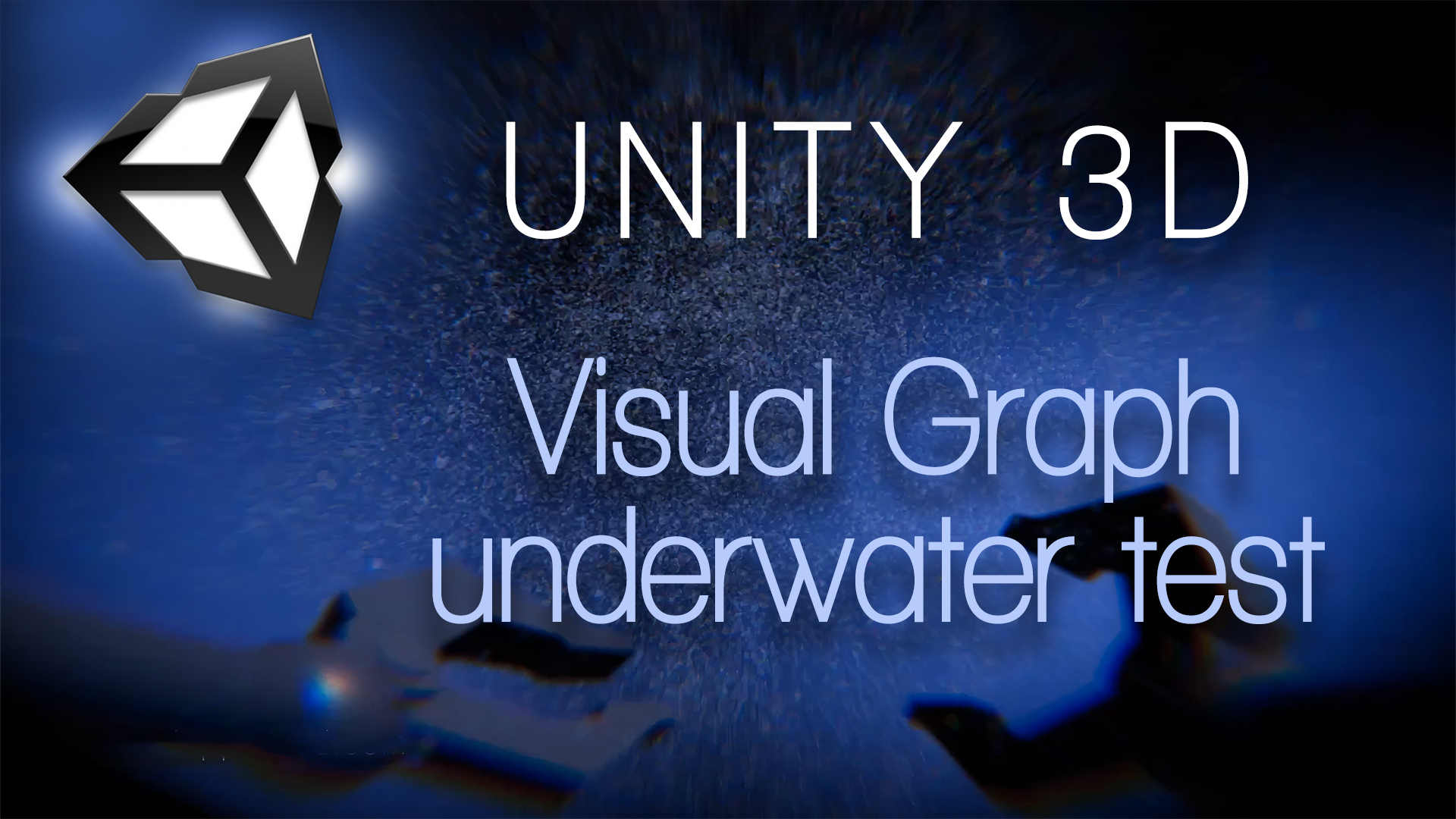
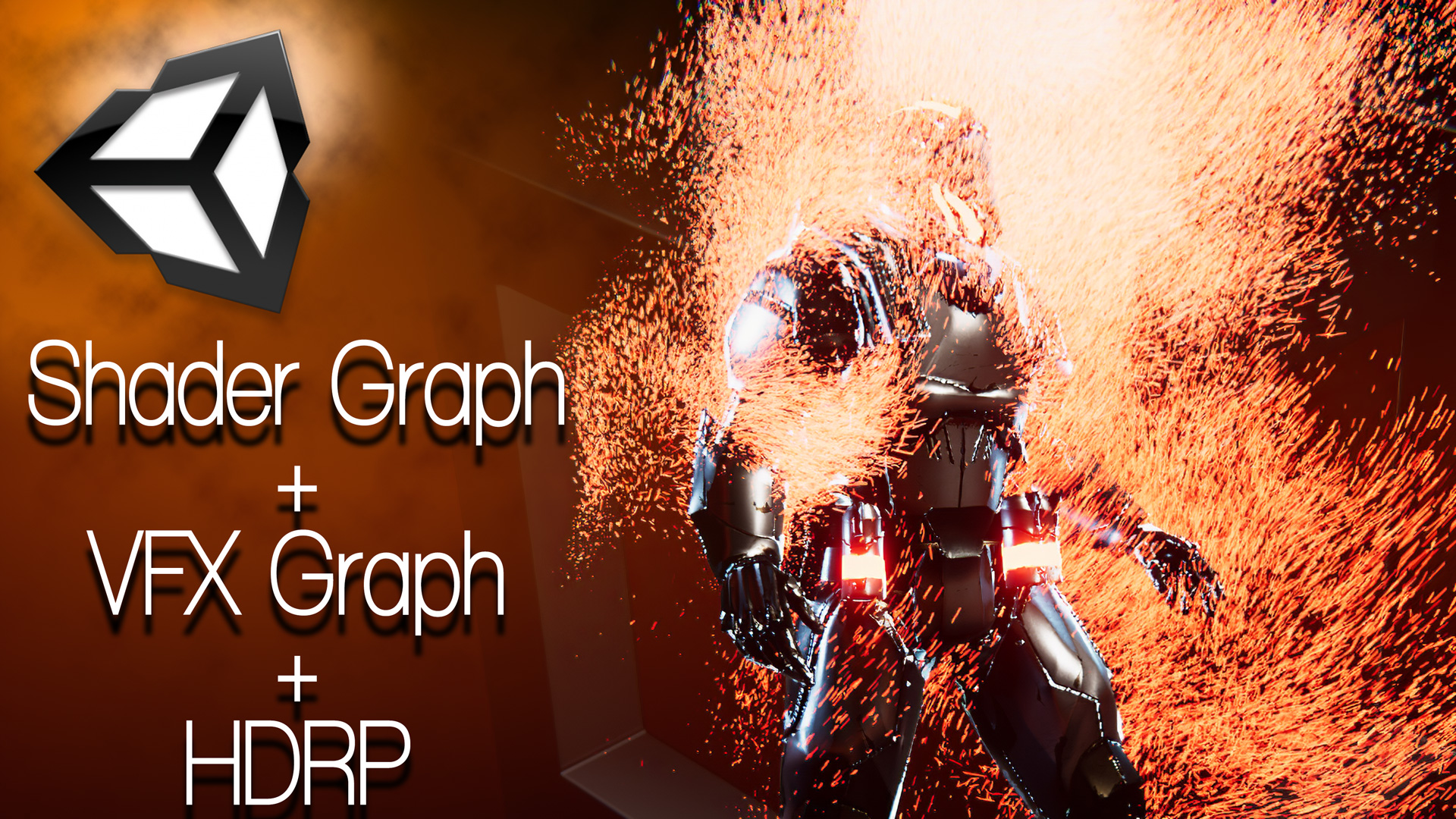
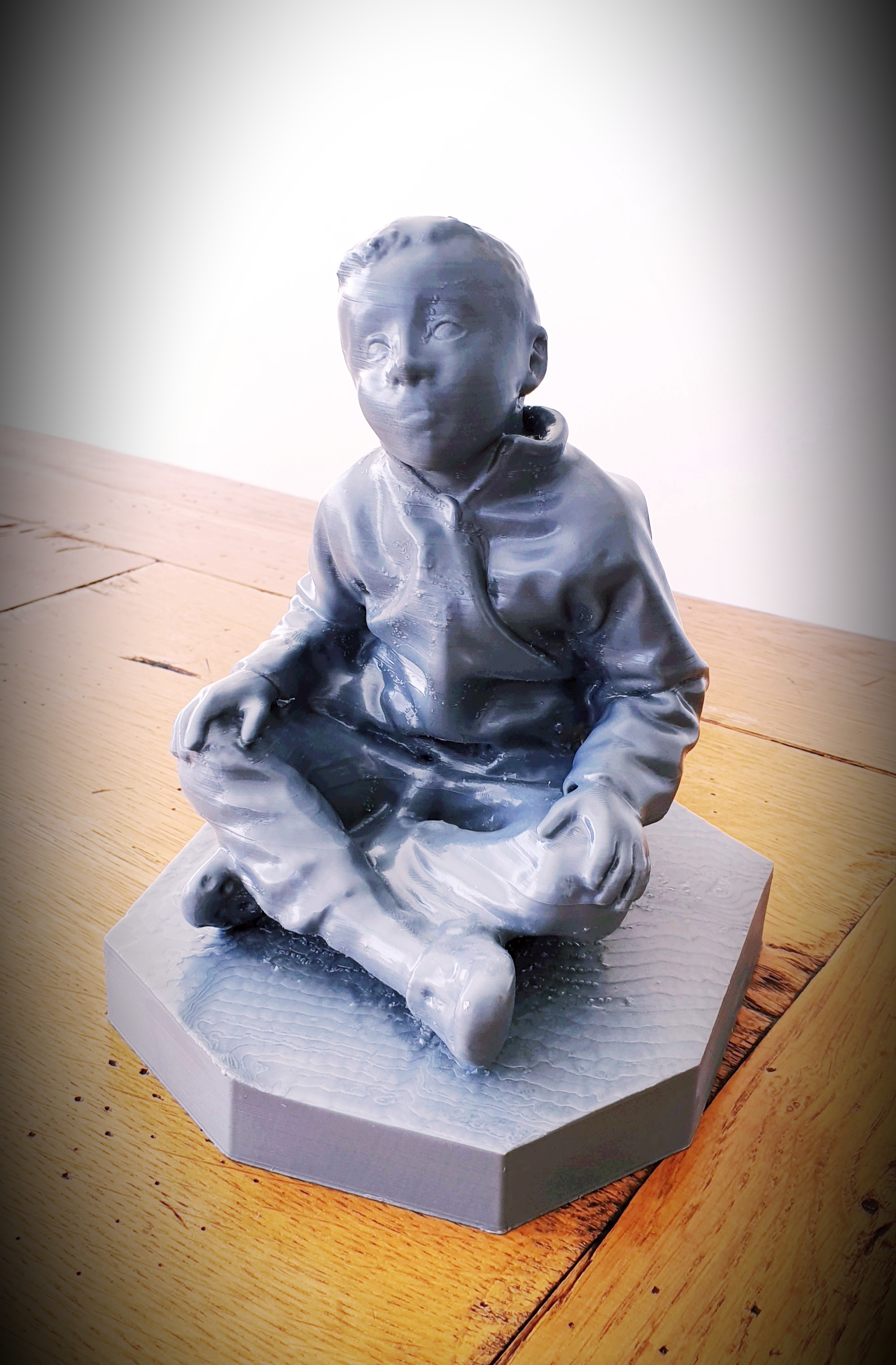

 version française
version française